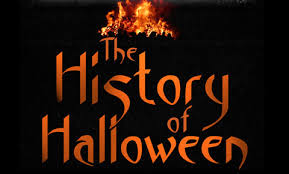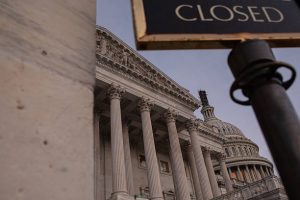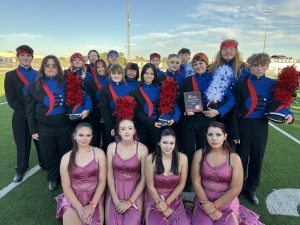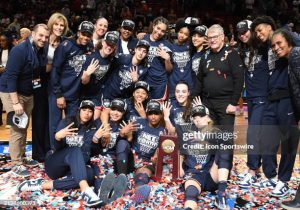The Origin of Halloween

October 22, 2016
Children and adults have dressed up in fun costumes, gorged on candy, and partied the night away since we were little, but the origin of Halloween is a story not everyone knows. Yet, it truly does play a large role in the current American ways of Halloween.
The holiday originally came from the ancient Celtic holiday Samhain, which is described as the celebration of the change from harvest season to winter. The holiday is also characterized as the time the dead are said to walk among us, which might be the reason the holiday is about all the monsters that go bump in the night. Some sources say “people would light bonfires and wear costumes to ward off roaming ghosts” (History.com). We dress up for the fun of it. The Celtics did not.
Pope Gregory III officially marked November 1 All Saints Day. It was a holiday to celebrate people who died for their religion. Another name for it was All Hollows (the day before was then named Hollows Eve). By this time, people began to look at monsters and the dead as less harmful creatures, more so as those merely trying to connect with the living.
Soon the name became Halloween but according to The Atlantic, ” It wasn’t until the late 1940’s that trick-or-treating became widespread on a national scale. And even then, candy wasn’t the obvious treat.” The option of candy didn’t come until the 1950’s. Before then, caramel apples, vegetables, and cookies were the original choice. Since the razor blades in homemade goods epidemic came up, that hasn’t been much of a tradition anymore.
Without the Celtics holiday, we wouldn’t have all the spooky scary fun we have today. I guess you could say history has put some “spirit” in Halloween.











